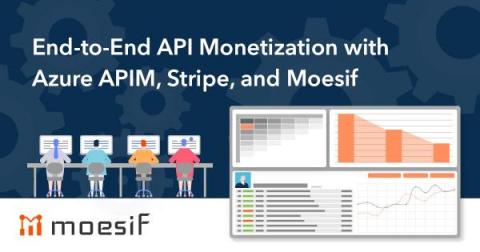End-to-End API Monetization with Azure APIM, Stripe, and Moesif
Many API developers and companies struggle to find ways to set up systems to monetize their APIs easily. Some are simple but not customizable and some are complex and require massive engineering effort to actually get it all running. To make things easier, Moesif created the Billing Meters feature which gives massive customizability but with a minimal amount of code and engineering effort to monetize APIs.










